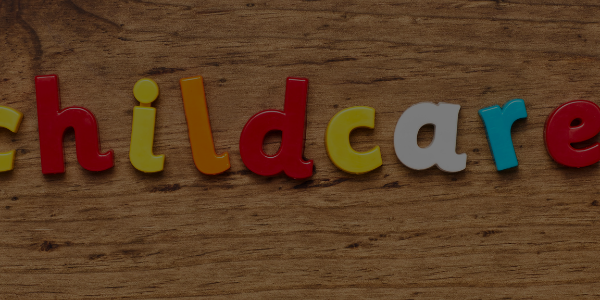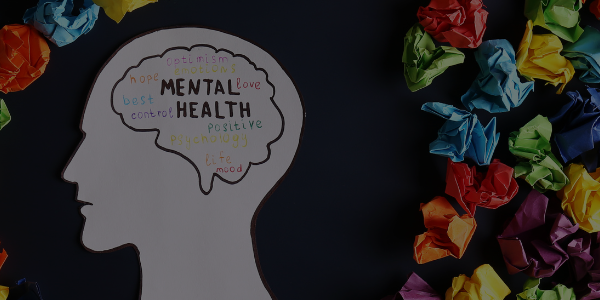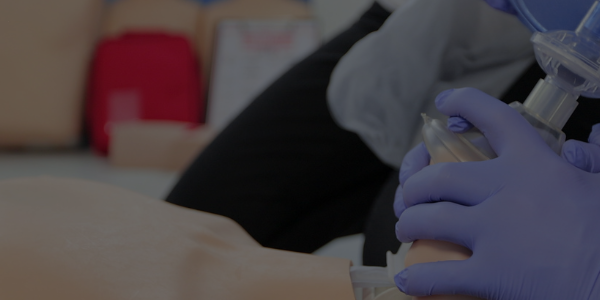An arrhythmia is a fault in the heart’s electrical system, which affects your heart’s pumping rhythm.
The heart has its own electrical system. Electrical impulses are essential to make your heartbeat to pump blood to your entire body. Your heart has four chambers, two on the right and two on the left. It has two upper chambers (atria) and two lower chambers (ventricles). In a healthy heart, regular electrical signals cause these four chambers to contract and relax in a steady rhythm of 60 to 100 beats per minute.
The abnormal electrical activity during an arrhythmia makes the heart muscle beat too fast, slow or in an irregular way. There are many types of heart arrhythmia. They’re classified by whether they start in the atria or ventricles. They’re also classified by the speed of heart rate they cause: fast heartbeat (tachycardia), slow heartbeat (bradycardia) or irregular heartbeat.
Common symptoms include: shortness of breath, weakness, dizziness, light-headedness, fainting or feeling fainting, a racing heart or palpitations and chest pain or discomfort.
Most arrhythmias are not life-threatening, but can still cause complications that are best managed with your healthcare team. Occasionally, people with a healthy heart may have an irregular heart rhythm or palpitation during a time of emotional or physical stress. This is normal. Noticeable palpitations don’t necessarily mean you have a serious problem.
An irregular heartbeat can be a sign of arrhythmia, or another heart condition. That’s why if you feel your heart beating too fast, too slowly or irregularly, you should see your GP.
Source: https://www.heartfoundation.org.au/conditions/heart-arrhythmia





